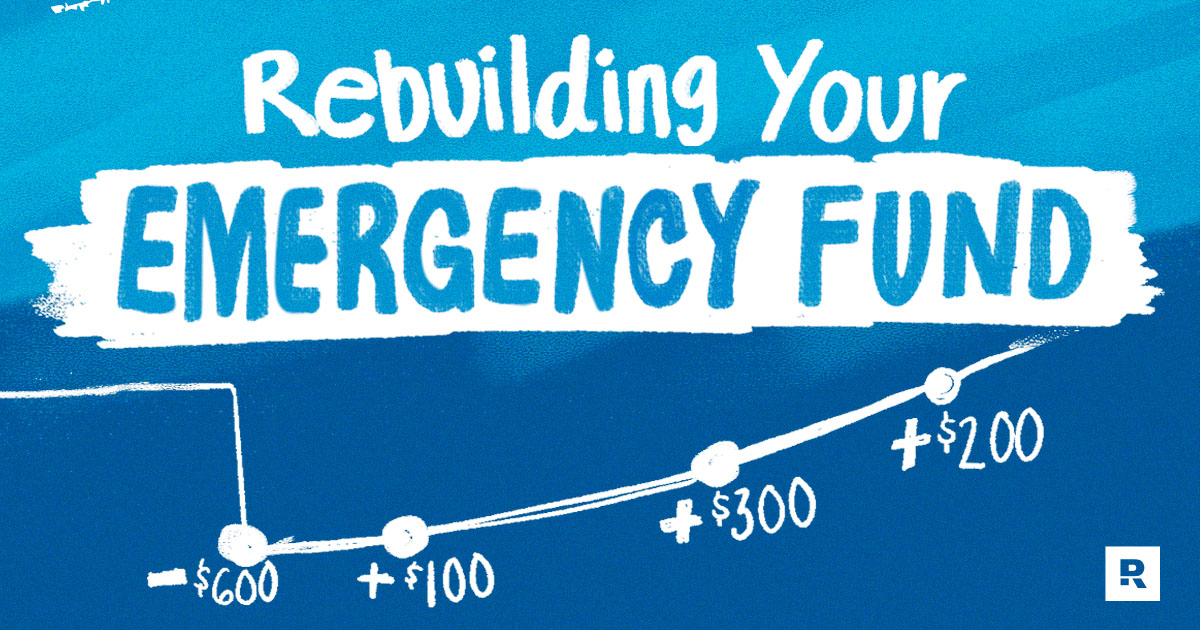In the unpredictable journey of life, having a solid financial foundation is like having a safety net that can protect you from unexpected falls. One crucial aspect of this financial safety net is the family emergency fund. In this article, we’ll explore the ins and outs of building a rock-solid family emergency fund, providing you with practical insights and real-life stories that highlight the importance of financial preparedness.
I. Introduction
A. Importance of financial security
Financial security is the cornerstone of a stable and fulfilling life. It provides peace of mind and the ability to navigate life’s uncertainties with confidence.
B. Role of emergency funds in financial planning
Emergency funds act as a financial cushion, offering protection during unforeseen circumstances. Understanding their significance is the first step toward achieving a solid financial plan.
II. Understanding Emergency Funds
A. Definition and purpose
An emergency fund is a dedicated pool of money set aside to cover unforeseen expenses, such as medical emergencies, car repairs, or sudden job loss. Its primary purpose is to prevent individuals and families from falling into financial distress during tough times.
B. Differentiating emergency funds from savings
While savings serve long-term goals, emergency funds are designed to handle immediate, unexpected needs. Distinguishing between the two ensures that your emergency fund remains untouched for its intended purpose.
C. Ideal size for an emergency fund
Determining the right size for your emergency fund involves considering factors such as monthly expenses, the number of dependents, and the stability of your income.
III. Steps to Build an Emergency Fund
A. Assessing current financial situation
Before embarking on the journey of building an emergency fund, it’s essential to have a clear understanding of your current financial status. This involves assessing income, expenses, debts, and existing savings.
B. Setting realistic savings goals
Establishing achievable savings goals is crucial. It prevents frustration and keeps you motivated throughout the process of building your emergency fund.
C. Identifying potential emergencies
Anticipating potential emergencies allows you to tailor your fund to specific needs. Whether it’s medical emergencies, home repairs, or unexpected travel expenses, identifying these scenarios helps in planning.
D. Choosing the right savings account
Selecting a suitable savings account is a critical step. Look for accounts with high liquidity, minimal fees, and a competitive interest rate to ensure your money grows over time.
IV. Strategies for Saving
A. Budgeting effectively
Crafting a realistic budget is the foundation of effective saving. It helps you allocate funds to your emergency fund without compromising your daily needs.
B. Cutting unnecessary expenses
Identifying and eliminating unnecessary expenses frees up more money for your emergency fund. Small sacrifices in non-essential areas can lead to significant savings over time.
C. Increasing income streams
Exploring additional sources of income accelerates the growth of your emergency fund. This could involve taking up a side hustle or finding creative ways to monetize existing skills.
D. Automating savings
Setting up automatic transfers to your emergency fund ensures consistency in saving. Automation removes the temptation to spend money earmarked for emergencies.
V. Common Challenges and Solutions
A. Overcoming the urge to spend
Discipline is key when building an emergency fund. Overcoming the urge to spend on non-essentials requires a mindset shift towards long-term financial stability.
B. Dealing with irregular income
Individuals with irregular income streams face unique challenges. Creating a budget that accounts for fluctuations and prioritizing savings during peak earning periods helps maintain consistency.
C. Adapting to unexpected life changes
Life is unpredictable, and circumstances change. Adapting to unexpected changes, such as a job loss or a sudden increase in expenses, requires flexibility in your financial plan.
VI. Investing vs. Saving for Emergencies
A. Pros and cons of investing emergency funds
While investing offers the potential for higher returns, it also comes with higher risk. Balancing the desire for growth with the need for quick access to funds is crucial.
B. Finding the right balance
Choosing a balanced approach that combines safety and growth ensures your emergency fund is both resilient and capable of growing over time.
VII. Teaching Children about Financial Preparedness
A. Importance of financial education
Instilling financial literacy in children sets the foundation for a lifetime of responsible money management. Teaching them about emergency funds from an early age cultivates smart financial habits.
B. Age-appropriate lessons
Tailoring financial lessons to the age and understanding of your children makes the concept of emergency funds relatable and less daunting.
C. Involving children in family discussions
Including children in discussions about financial goals fosters a sense of responsibility and a deeper understanding of the family’s financial dynamics.
VIII. Real-Life Success Stories
A. Stories of families benefiting from emergency funds
Real-life success stories demonstrate the tangible benefits of having a well-prepared emergency fund. These stories inspire and motivate others to prioritize their financial well-being.
B. Lessons learned from challenging situations
Examining the lessons learned by families facing unexpected challenges provides valuable insights into the importance of preparedness and the resilience of a well-funded emergency plan.
IX. Reassessing and Updating Emergency Plans
A. Periodic evaluation of financial goals
Financial goals evolve over time. Regularly reassessing your goals ensures that your emergency fund remains aligned with your current needs and aspirations.
B. Adjusting the emergency fund as needed
Life changes, and so should your emergency fund. Whether it’s an increase in living expenses or a positive change in income, adjusting your emergency fund ensures it stays relevant.
X. Involving the Whole Family
A. Making financial planning a family affair
Including the whole family in financial planning creates a sense of shared responsibility. It fosters unity and ensures everyone is on the same page when it comes to financial goals.
B. Encouraging open communication
Open and honest communication about financial matters reduces stress and fosters a healthy financial environment within the family.
XI. Additional Resources
A. Tools and apps for financial planning
Utilizing tools and apps designed for financial planning simplifies the process. From budgeting apps to investment platforms, these resources can enhance your financial journey.
B. Professional advice on emergency funds
Seeking advice from financial professionals can provide personalized insights into optimizing your emergency fund strategy based on your unique circumstances.
XII. Conclusion
A. Summarizing key takeaways
Building a rock-solid family emergency fund is a journey that involves careful planning, discipline, and adaptability. It’s a commitment to the financial well-being of your loved ones.
B. Emphasizing the ongoing nature of financial preparedness
Financial preparedness is not a one-time task but an ongoing process. Regularly revisiting and updating your emergency fund ensures it remains a reliable pillar of your financial security.
XIII. FAQs
A. How much should I aim to save in my emergency fund?
The amount varies, but a general rule is three to six months’ worth of living expenses.
B. Can I invest my emergency fund for higher returns?
While possible, it’s advisable to keep emergency funds in easily accessible, low-risk accounts.
C. What qualifies as a genuine emergency?
Unexpected medical expenses, car repairs, and job loss are common examples.
D. Should I involve my children in financial discussions?
Yes, involving children fosters financial literacy and responsible money management.
E. How often should I reassess my emergency fund?
Regularly reassessing at least once a year or during significant life changes is recommended.





Comments
Thank you for your sharing. I am worried that I lack creative ideas. It is your article that makes me full of hope. Thank you. But, I have a question, can you help me?
Can you be more specific about the content of your article? After reading it, I still have some doubts. Hope you can help me.
I don’t think the title of your article matches the content lol. Just kidding, mainly because I had some doubts after reading the article.